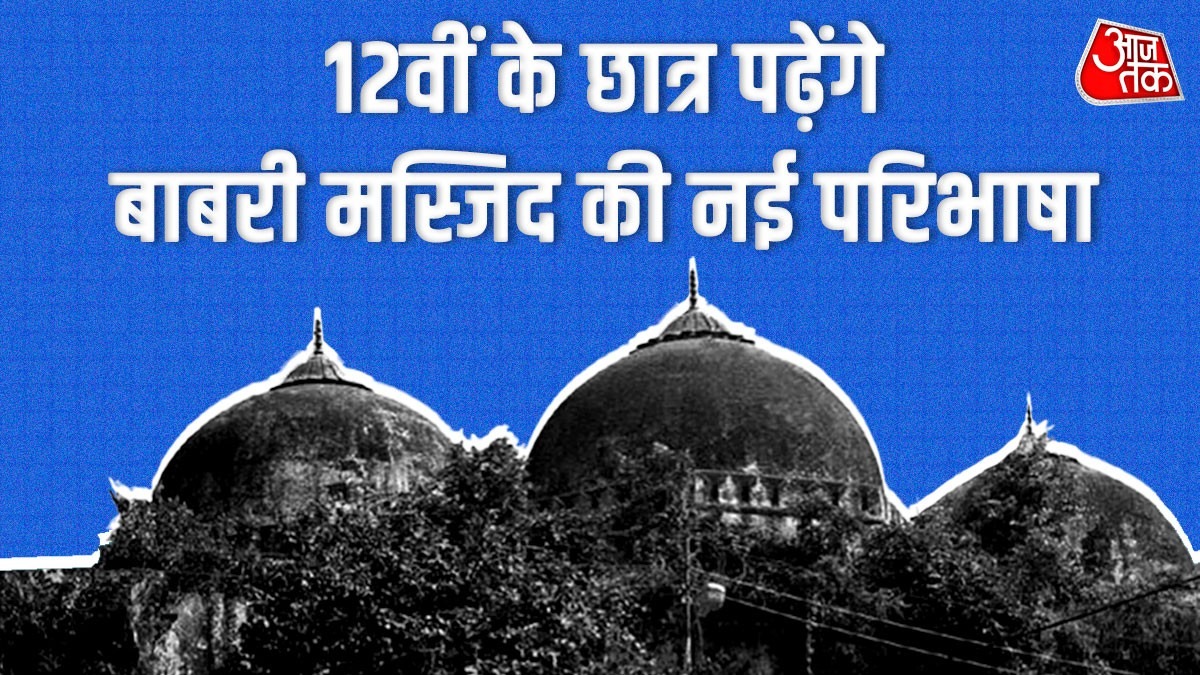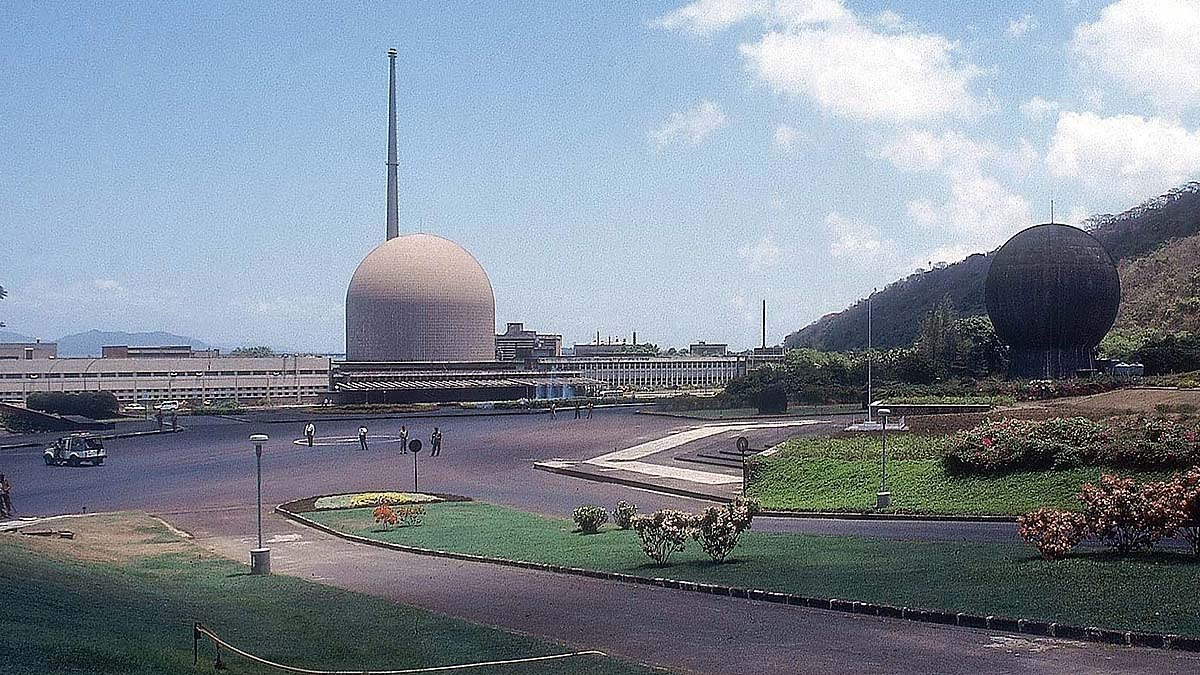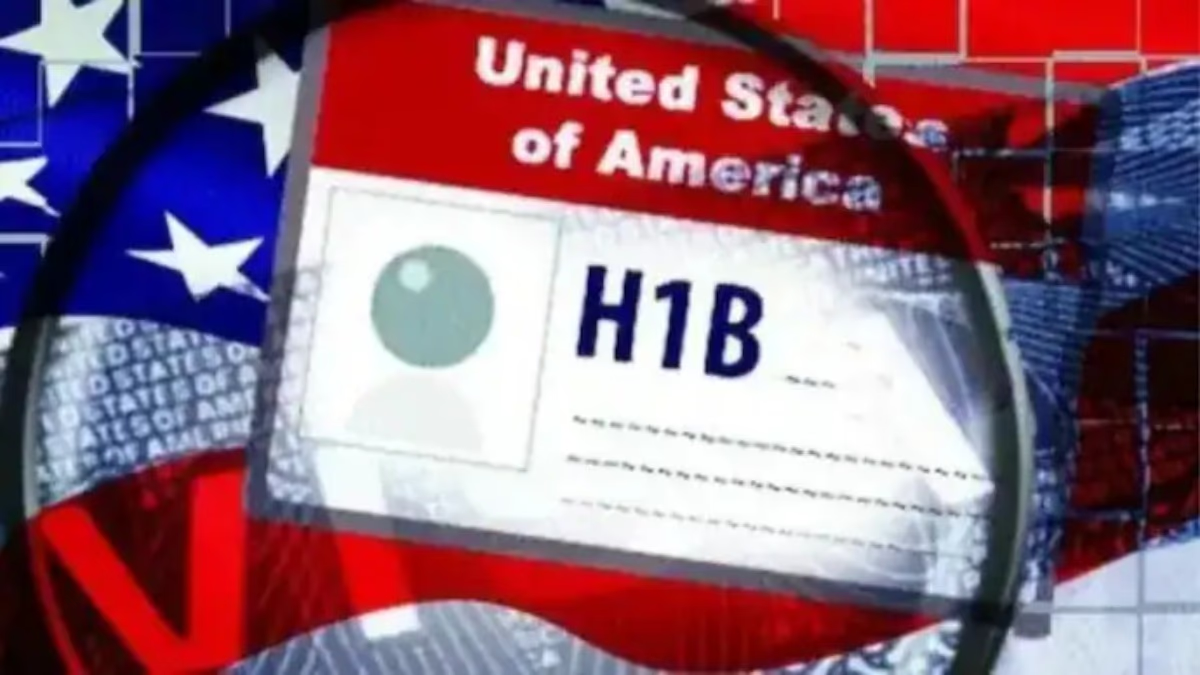Last week's revised NCERT class 12 political science book omits any mention of Babri Mosque, instead describing it as a 'tri-domed structure.' Furthermore, the Ayodhya section has been condensed from four pages to just two, omitting significant details from the last edition.
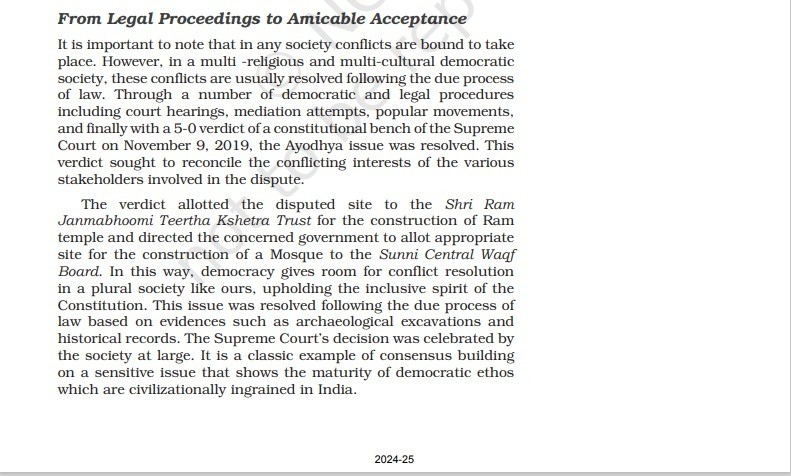
Source: aajtak
What was once detailed as a 16th-century mosque commissioned by Babur's general, the revised chapter now portrays a tri-domed construction established on Lord Rama's birthplace in 1528, evidently embedded with Hindu symbols and relics, both inside and out.
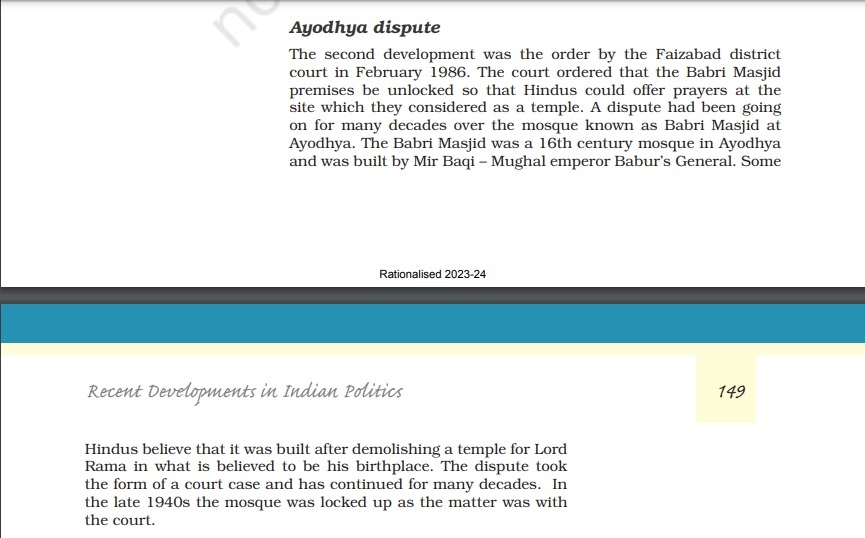
Source: aajtak
Before the textbook revision, two pages depicted the mobilization of 'both sides' following Faizabad (now Ayodhya) district court's order in February 1986 to unlock the mosque. It included detailed portrayals of communal tensions, the chariot journey from Somnath to Ayodhya, volunteers’ efforts for Ram Temple construction in December 1992, the mosque's demolition, and the subsequent communal violence in January 1993. The BJP’s expression of regret over the events at Ayodhya and a 'serious debate on secularism' were also mentioned.
The narrative has been changed to:
"In 1986, a pivotal turn was taken regarding the tri-domed structure when the Faizabad (now Ayodhya) district court ordered it to be opened, allowing worship to proceed. This controversy spanned decades, with claims made that the tri-domed building was erected after dismantling a temple on Lord Rama’s birthplace. Though foundation-laying for the temple took place, further construction was banned. The Hindu community felt their concerns over Lord Rama's birthplace were ignored, while the Muslim community sought assurance over the structure’s control. Tensions escalated between the two communities, leading to disputes and legal battles. Both sought an impartial resolution. After the demolition of the structure in 1992, some critics argued that it posed a significant challenge to Indian democratic principles."
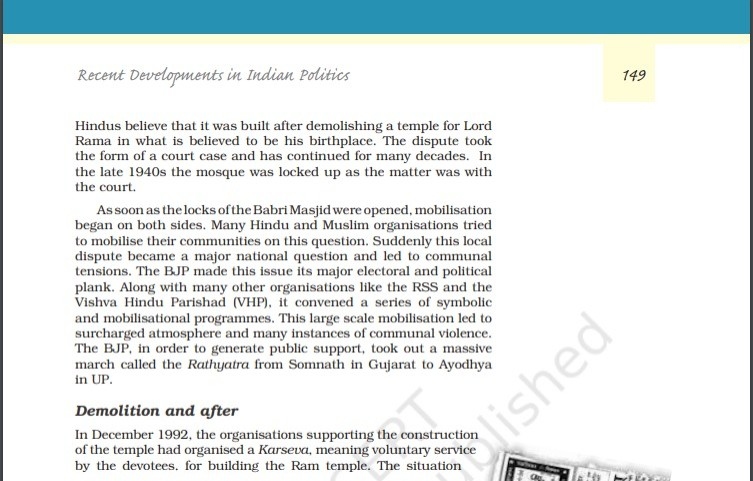
Source: aajtak
A new subsection titled 'From Legal Proceedings to Amicable Consent' details the Supreme Court's verdict on the Ayodhya dispute. It acknowledges that 'conflicts are inevitable in any society' but underscores that 'typically in a multi-religious, multicultural democratic society, these conflicts are resolved through due legal procedures.' It then discusses the unanimous 5-0 Supreme Court decision on November 9, 2019, which paved the way for the temple's inauguration earlier this year.
The textbook explains:
"The verdict allocated the disputed site for the construction of the Ram Temple to the Shri Ram Janmabhoomi Teertha Kshetra Trust and directed the government to allot a suitable site to the Sunni Central Waqf Board for a mosque. This resolution exemplifies how democracy can address conflicts in a pluralistic society while maintaining the constitution's inclusive spirit. The issue was resolved through due process based on archaeological excavations and historical records. The Supreme Court’s widely celebrated decision is a testament to the maturity of India’s democratic ethos and consensus-building on a sensitive matter."
The old textbook included newspaper clippings like one from December 7, 1992, headlined 'Babri Mosque Demolished, Center Dismisses Kalyan Government.' Another from December 13, 1992, featured former Prime Minister Atal Bihari Vajpayee's statement, 'Ayodhya is BJP's biggest mistake.' All these clippings have been removed.
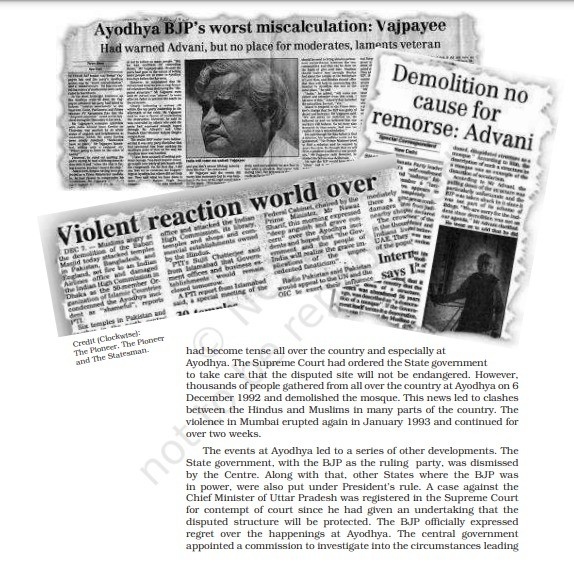
Source: aajtak
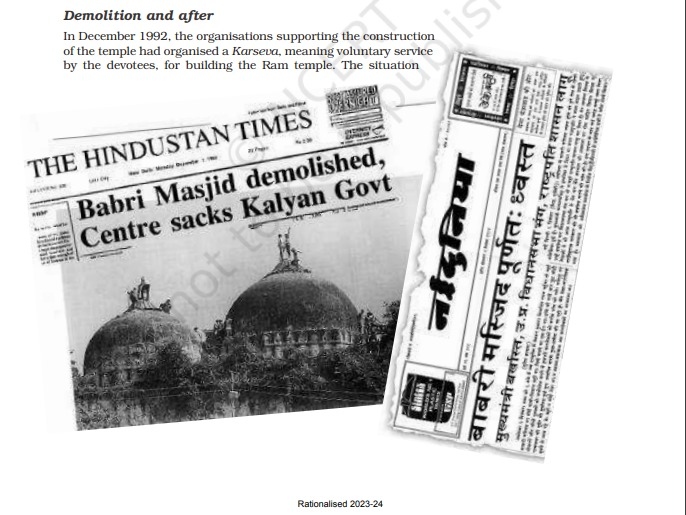
Source: aajtak
The previous book included excerpts from a decision on October 24, 1994, by Chief Justice Venkatachaliah and Justice G.N. Ray in the case of Mohammad Aslam vs. Union of India, which found Kalyan Singh (Chief Minister of UP at the time of demolition) guilty of contempt of court for 'failing to maintain the dignity of the law.' The decision stated, 'Since the contempt raises major issues that affect the secular fabric's foundation of our country, we also sentence him to a symbolic day's imprisonment.'
The inclusion of the 'Chinese aggression' and removal of 'Azad Kashmir':
The Class 12 NCERT Political Science book reflects an updated reference to India's border situation with China. In the 'Contemporary World Politics' book's Chapter 2 section, 'India-China Relations,' the last sentence on page 25, which read, 'However, the military conflict over the border dispute has dashed that hope,' has been updated to 'However, the Chinese aggression at the Indian border has dashed that hope.'
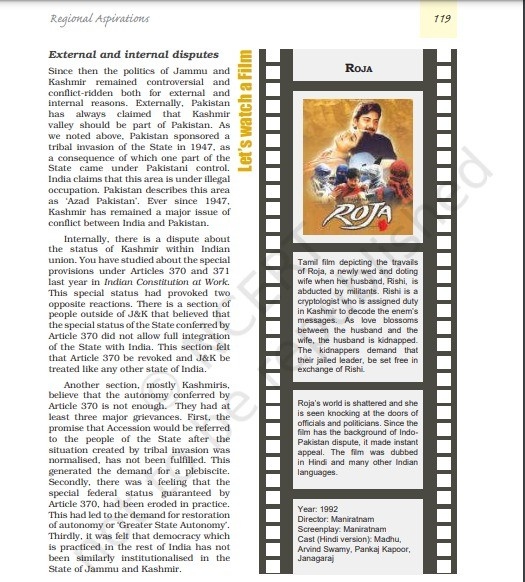
Source: aajtak
Renaming 'Azad Pakistan' to POJK:
The Class 12 textbook 'Politics in India since Independence' has also been updated. The term 'Azad Pakistan' has been replaced with 'Pakistan Occupied Jammu and Kashmir' (POJK). On page 119, the previous text read, 'India claims the area is under illegal occupation. Pakistan describes it as 'Azad Pakistan.' The revised text now reads, 'However, it is an Indian territory under illegal occupation by Pakistan, referred to as Pakistan Occupied Jammu and Kashmir (POJK).'
Repeal of Article 370:
Page 132 of the new textbooks discusses the repeal of Article 370. The previous version stated, 'While most states have equal powers, some states, such as J&K and the northeastern states, have special provisions.' This has been updated to, 'While most states have equal powers, some states, such as J&K and the northeastern states, have special provisions. However, Article 370, which had special provisions for J&K, was repealed in August 2019.' NCERT informs that Article 370's special provisions for J&K were repealed by India's President in August 2019, with a link to updated information.
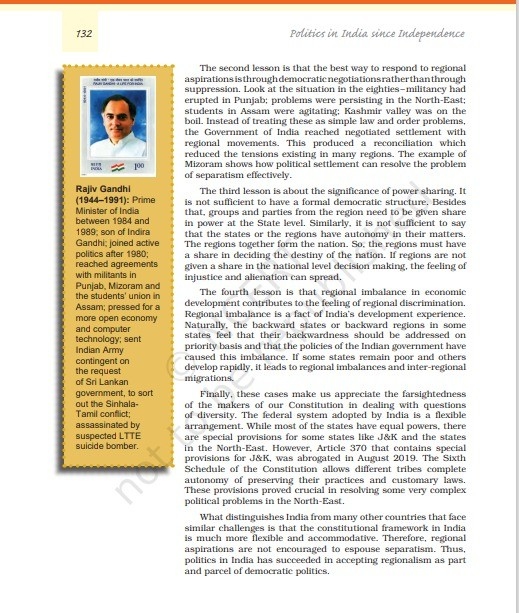
Source: aajtak
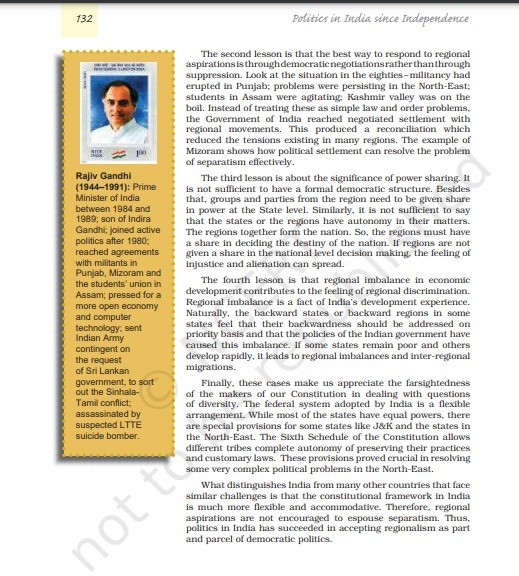
Source: aajtak
